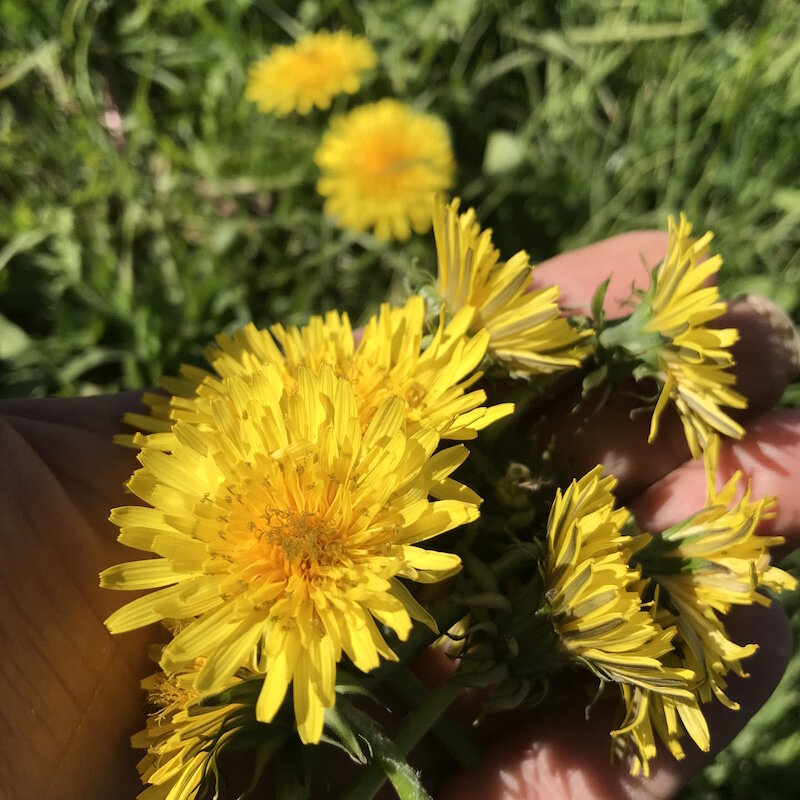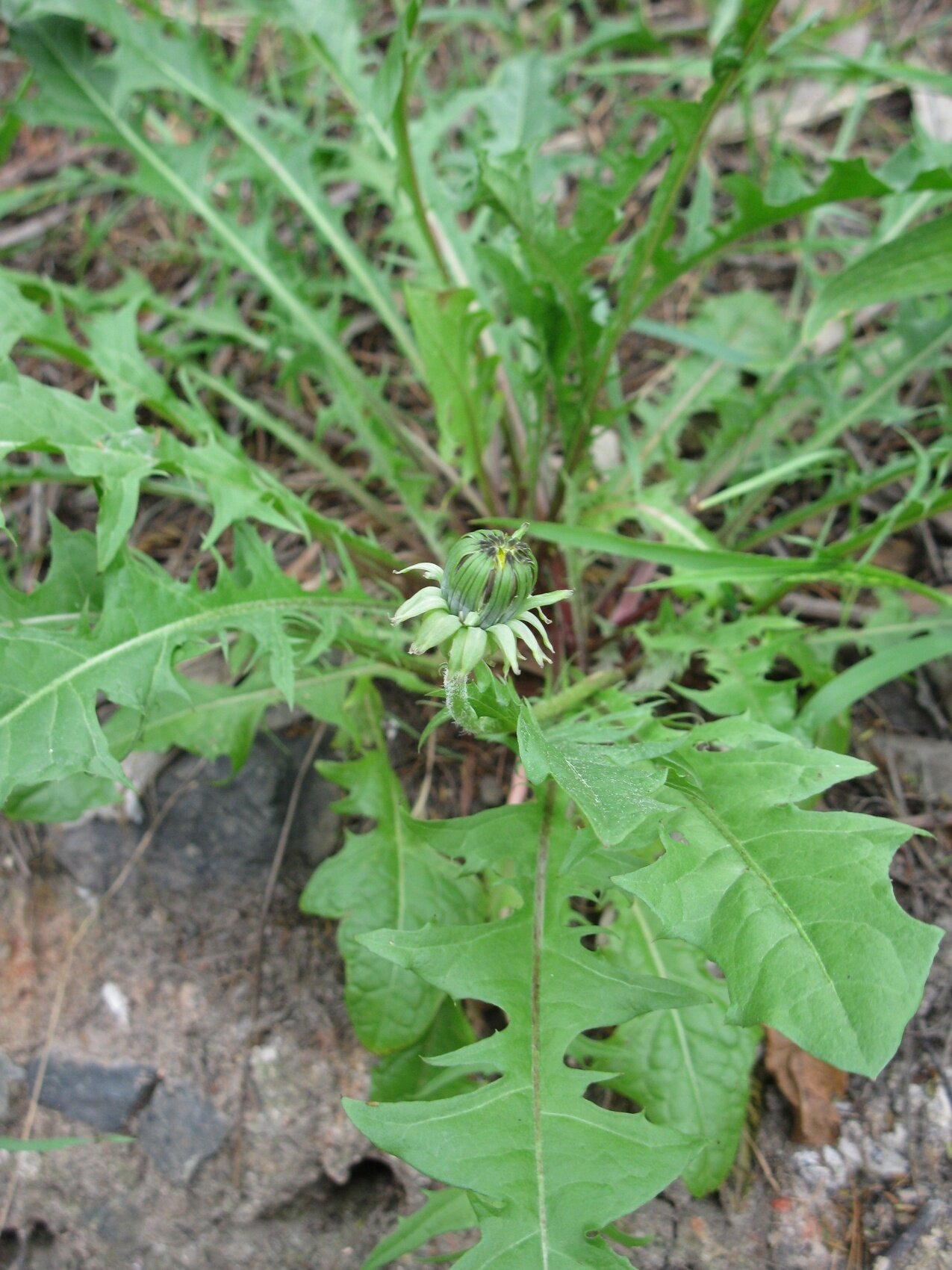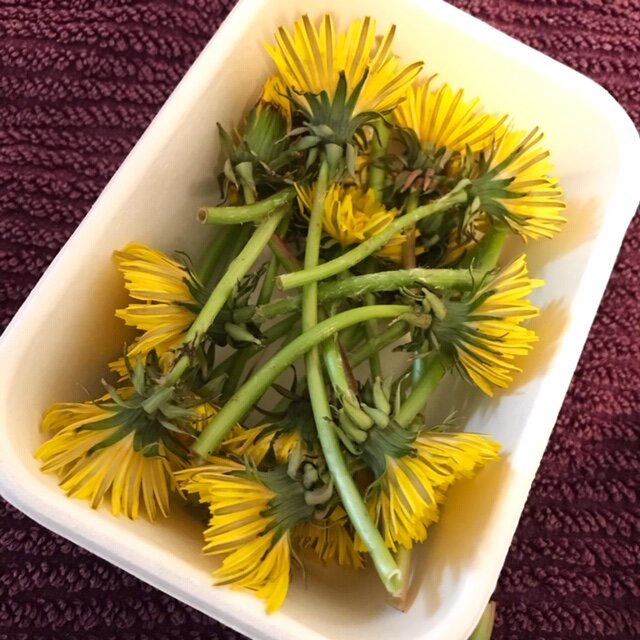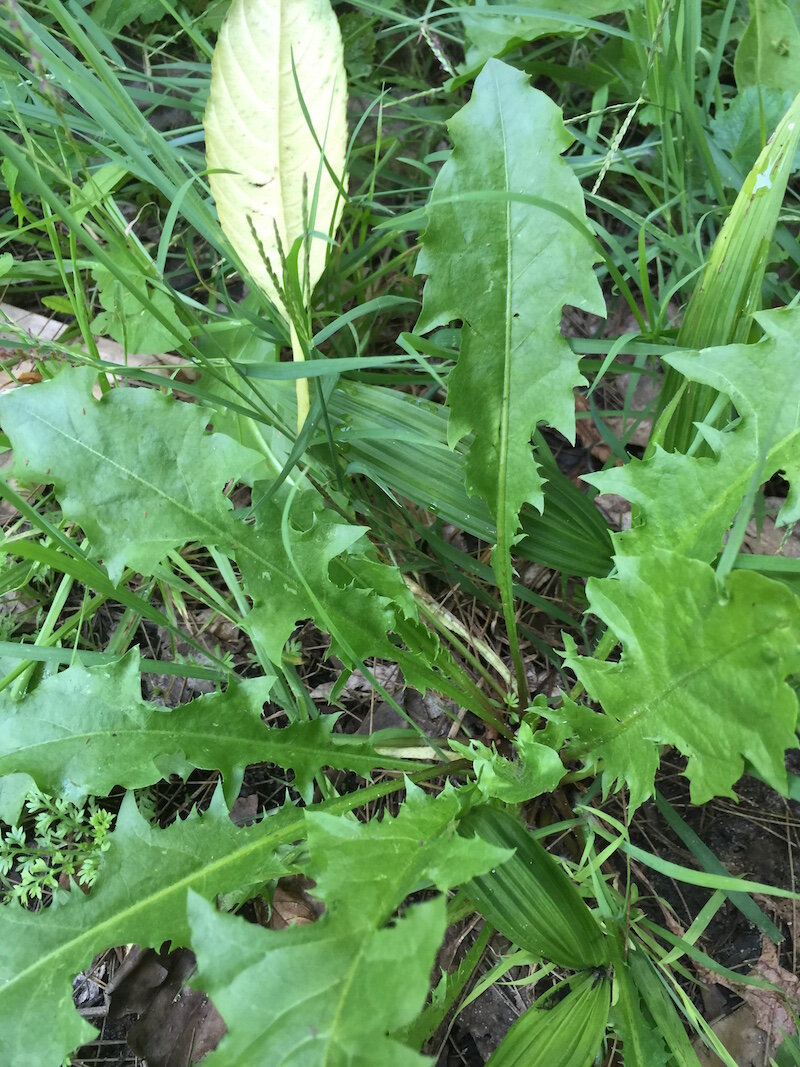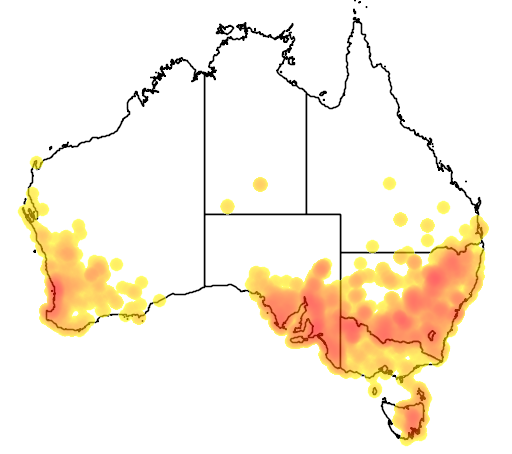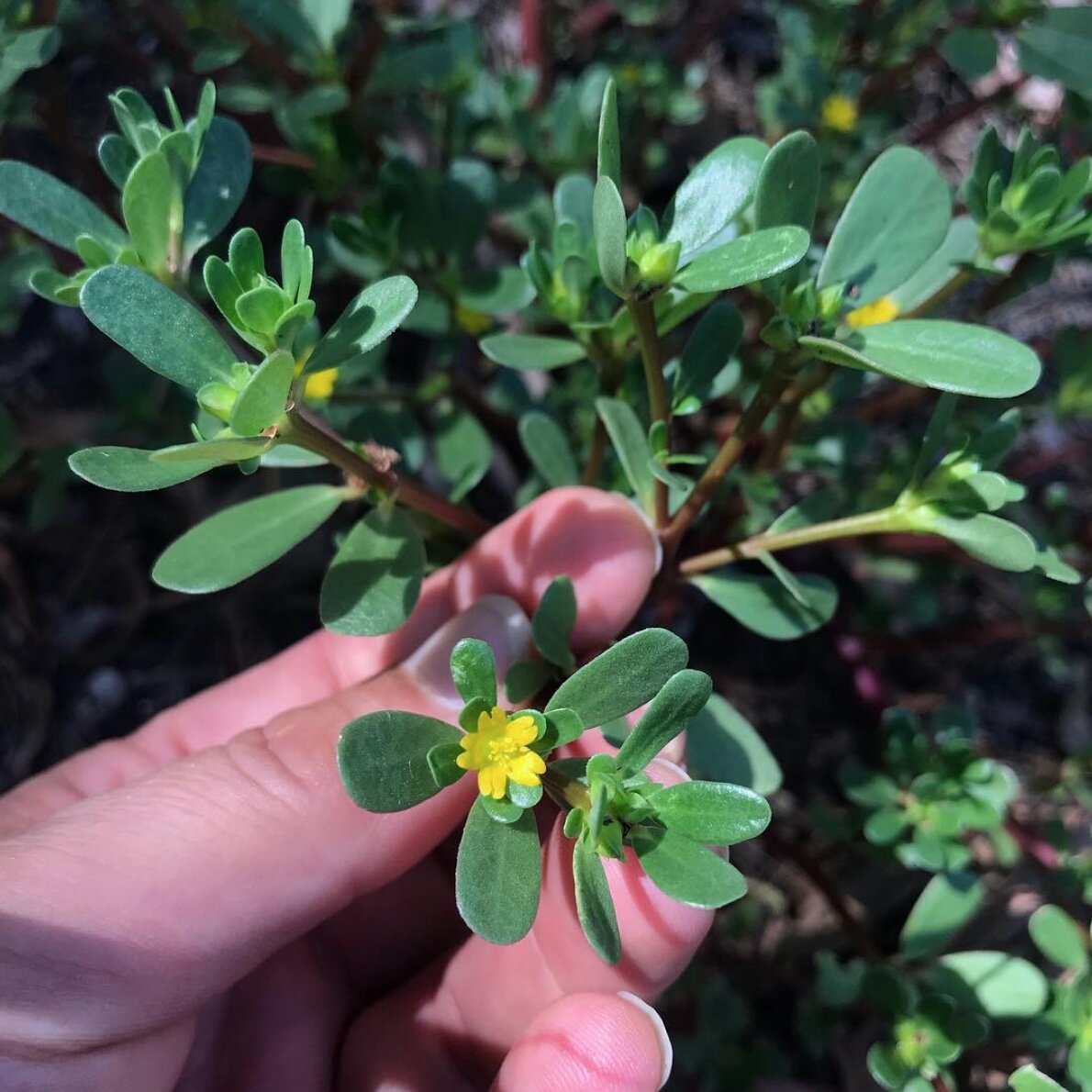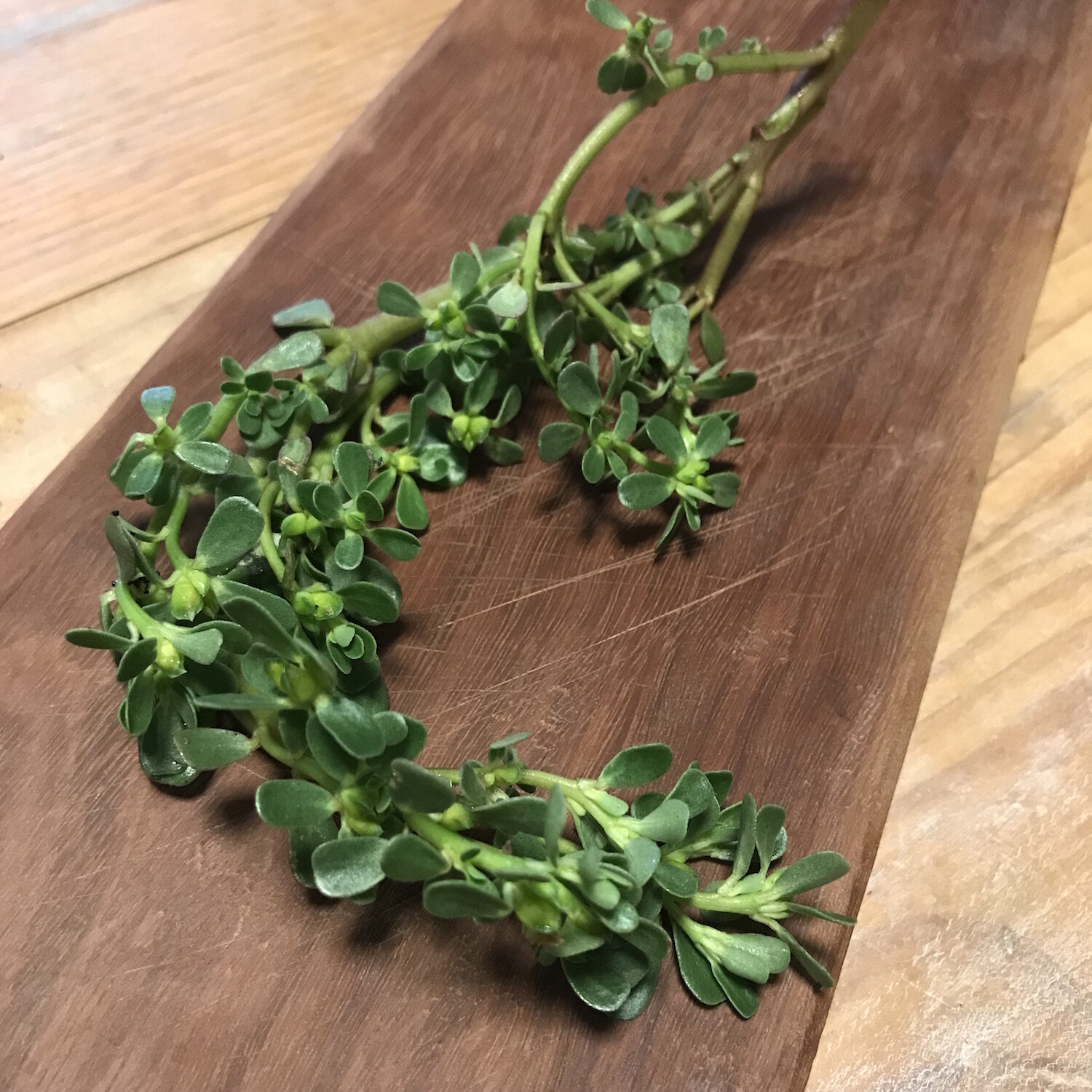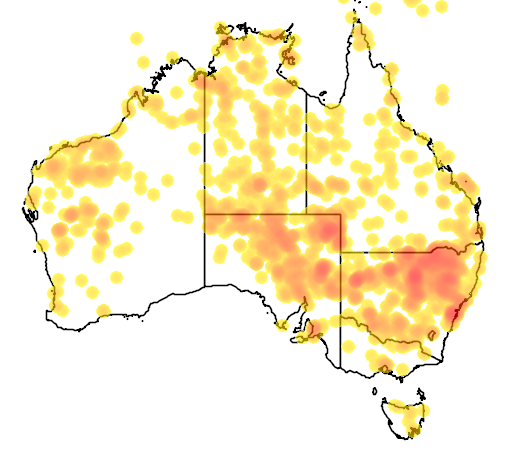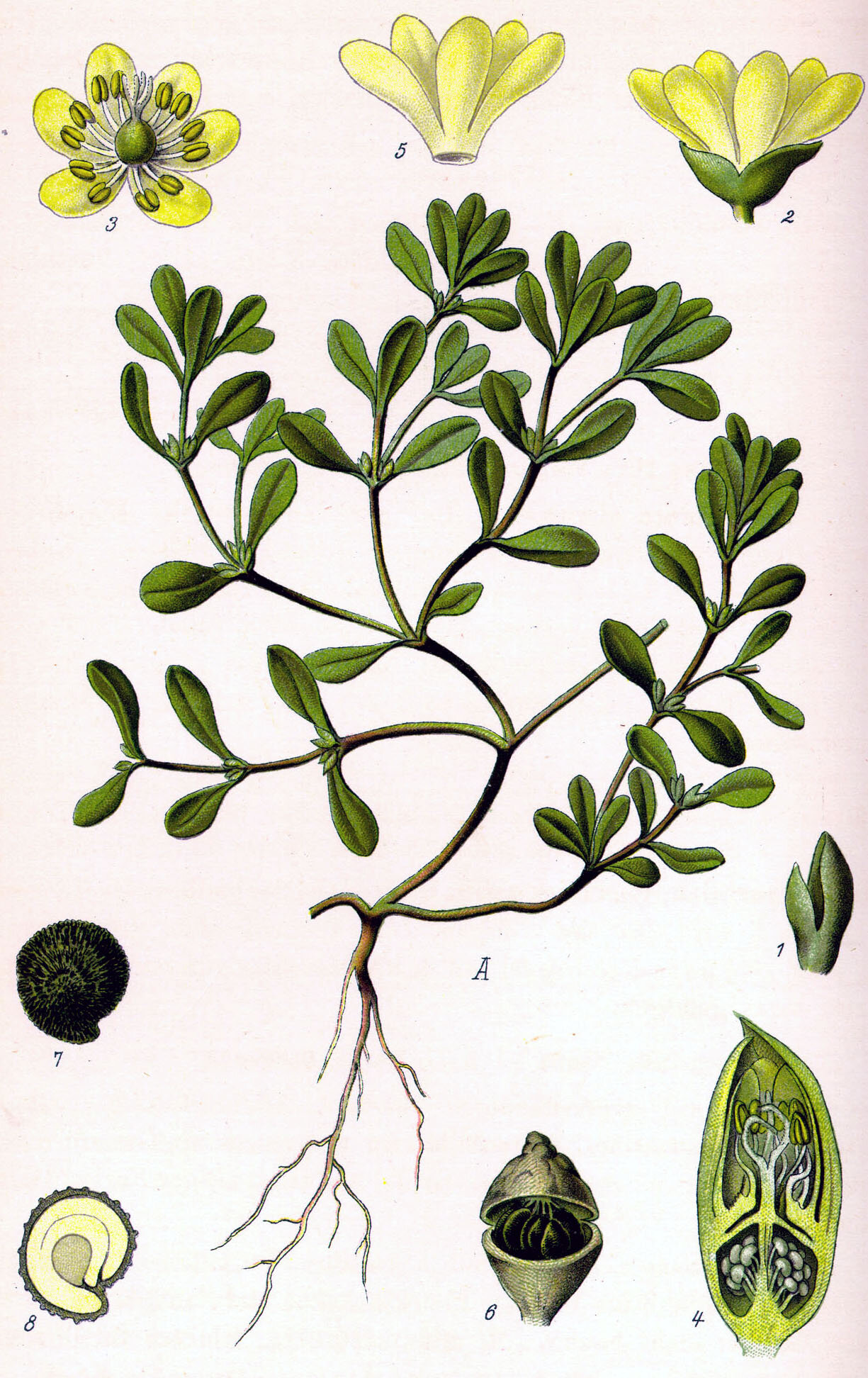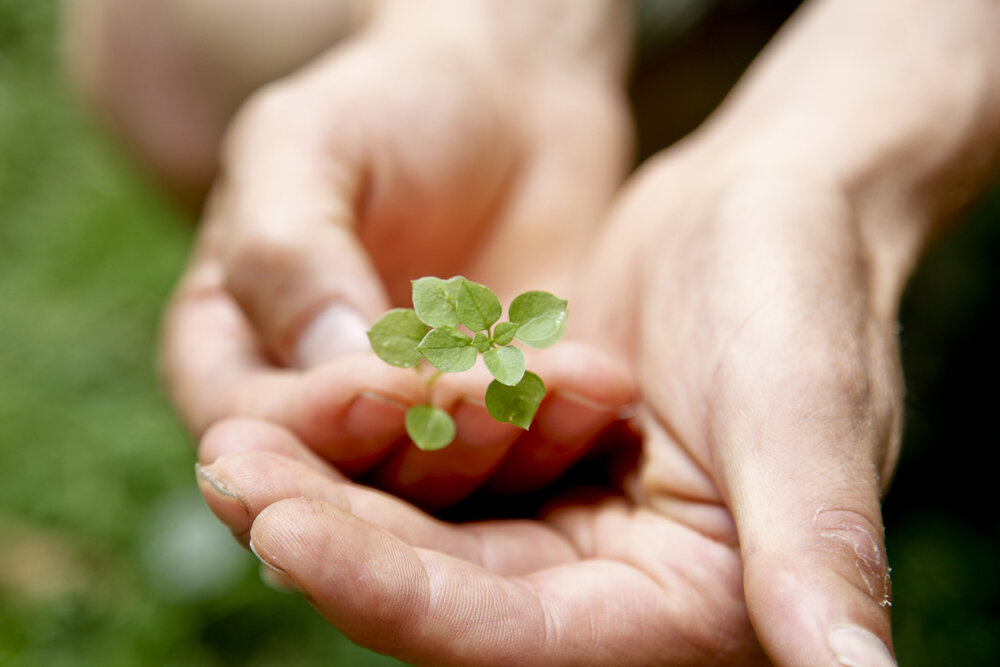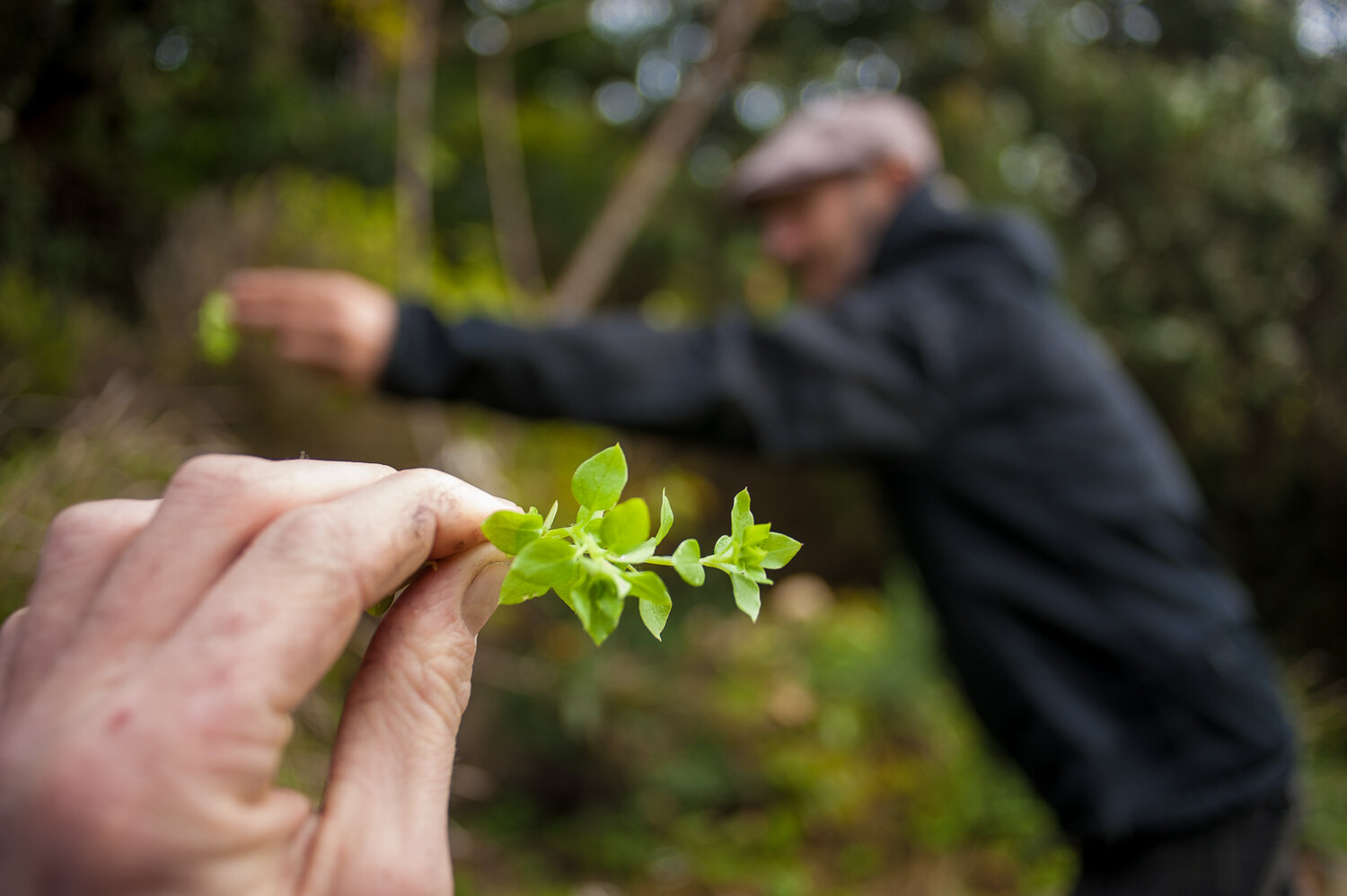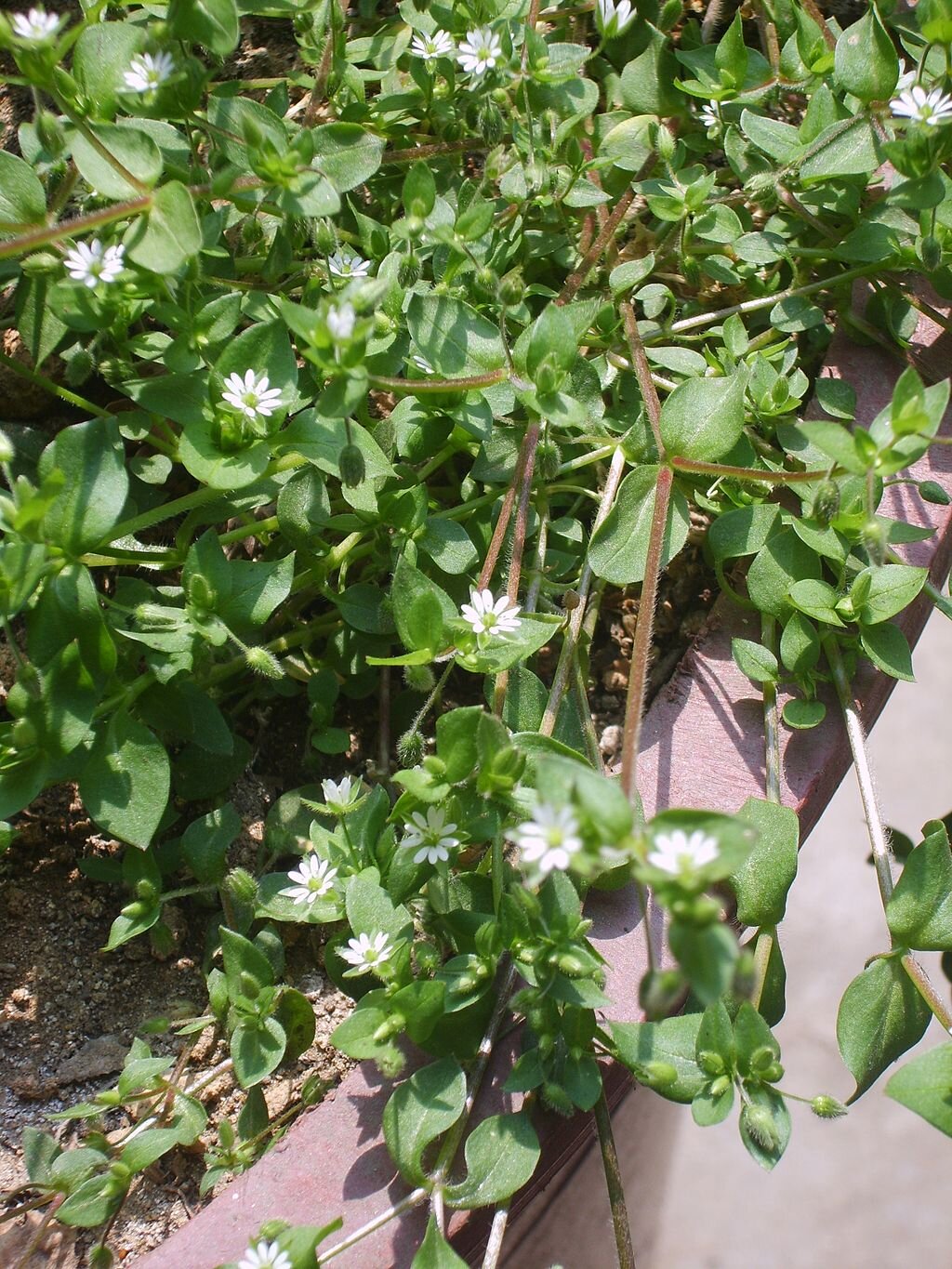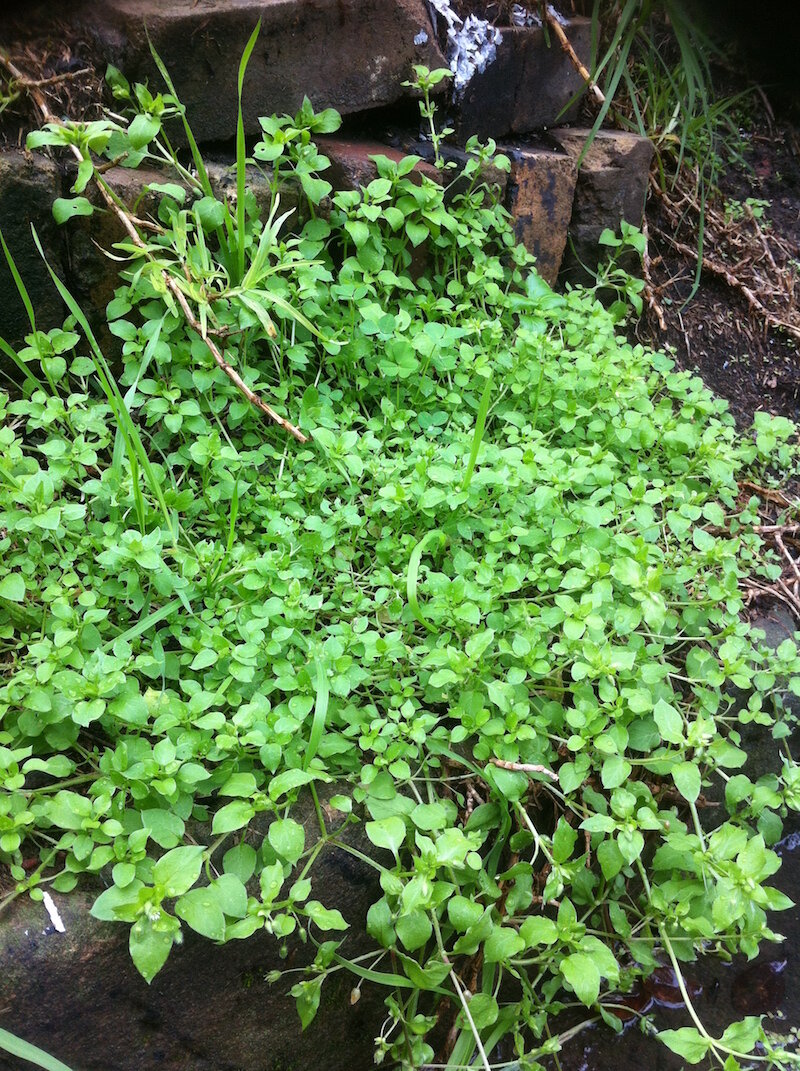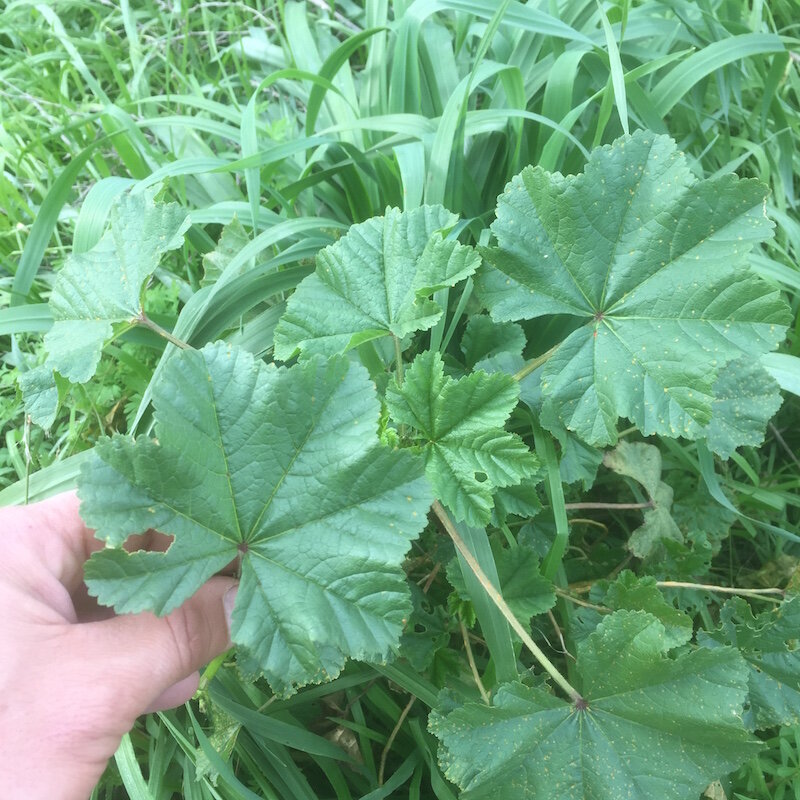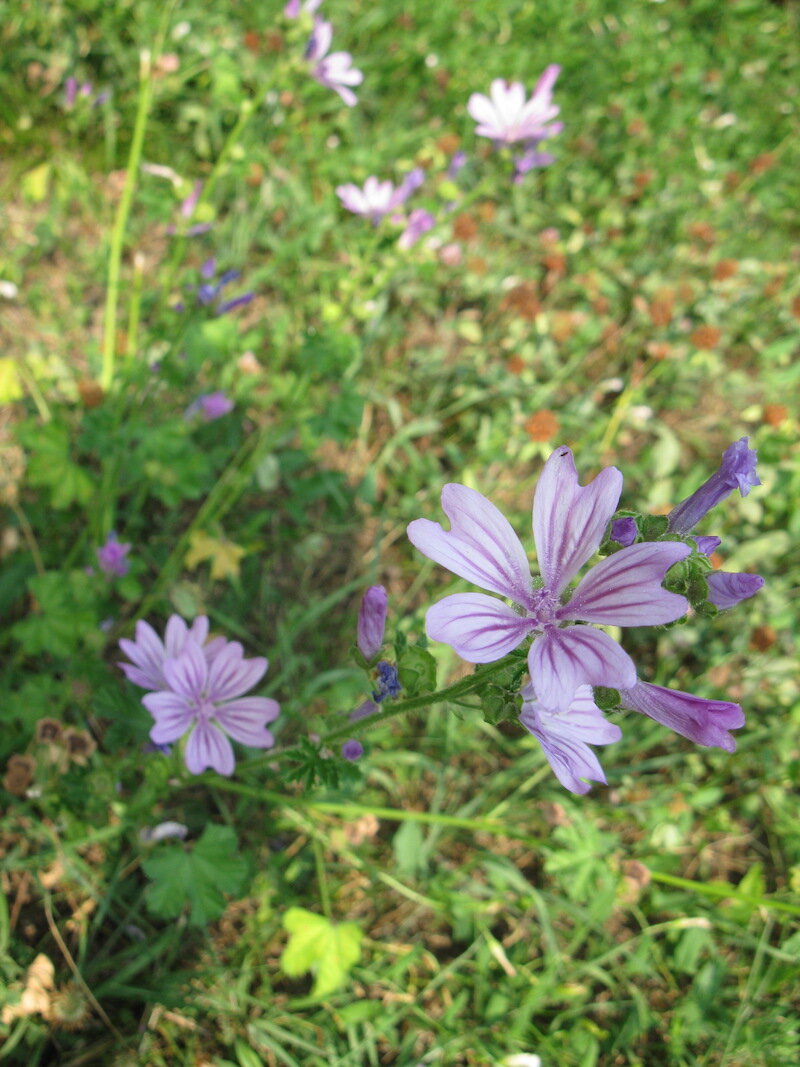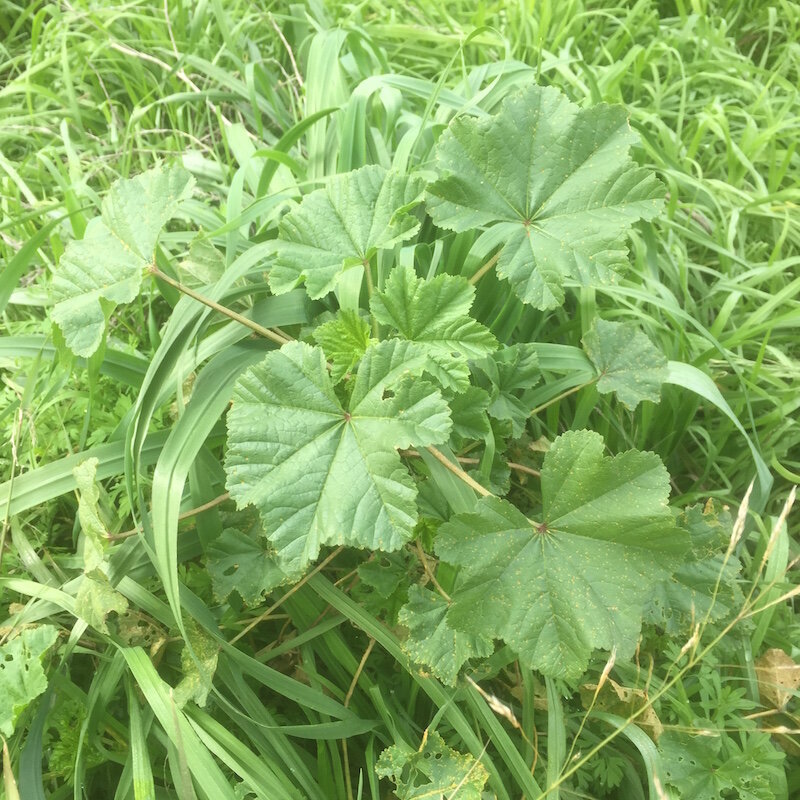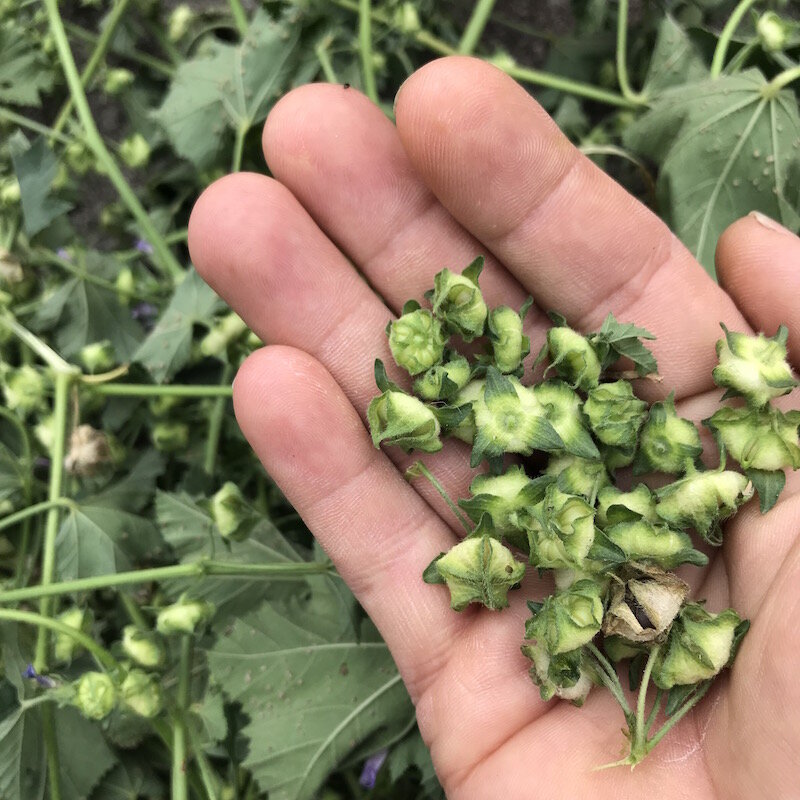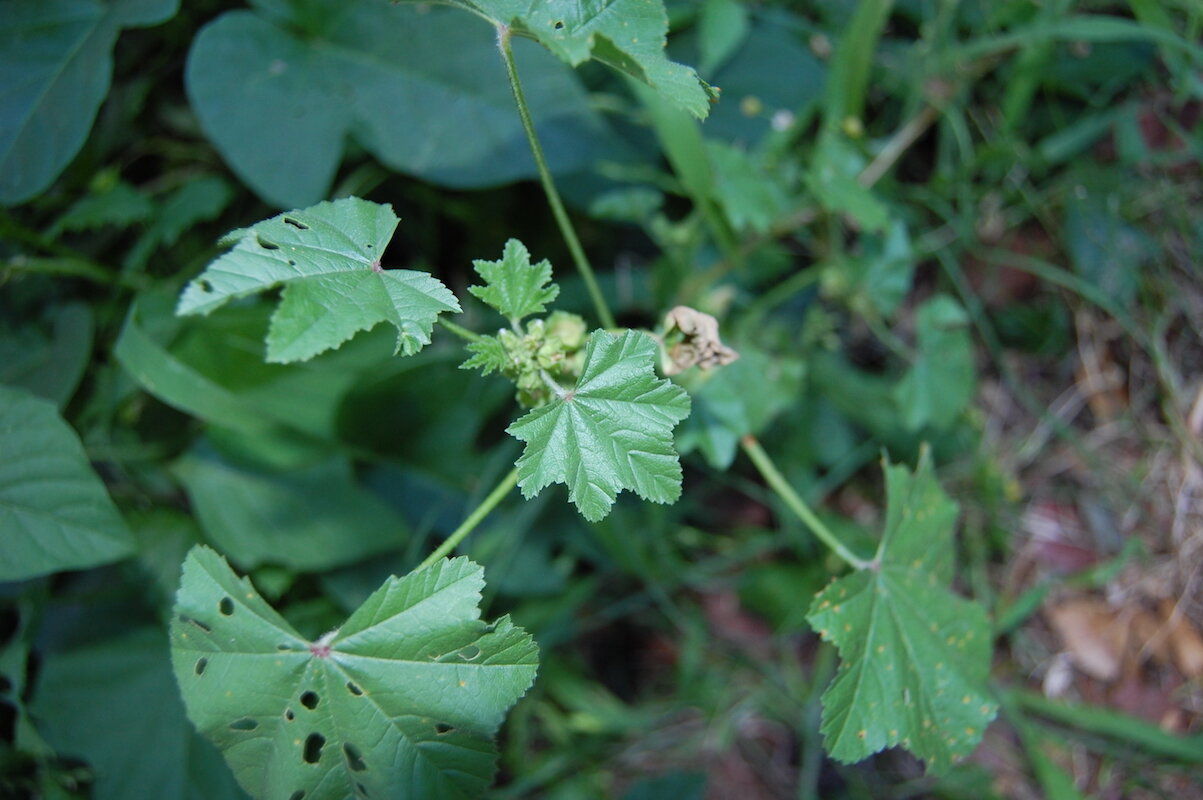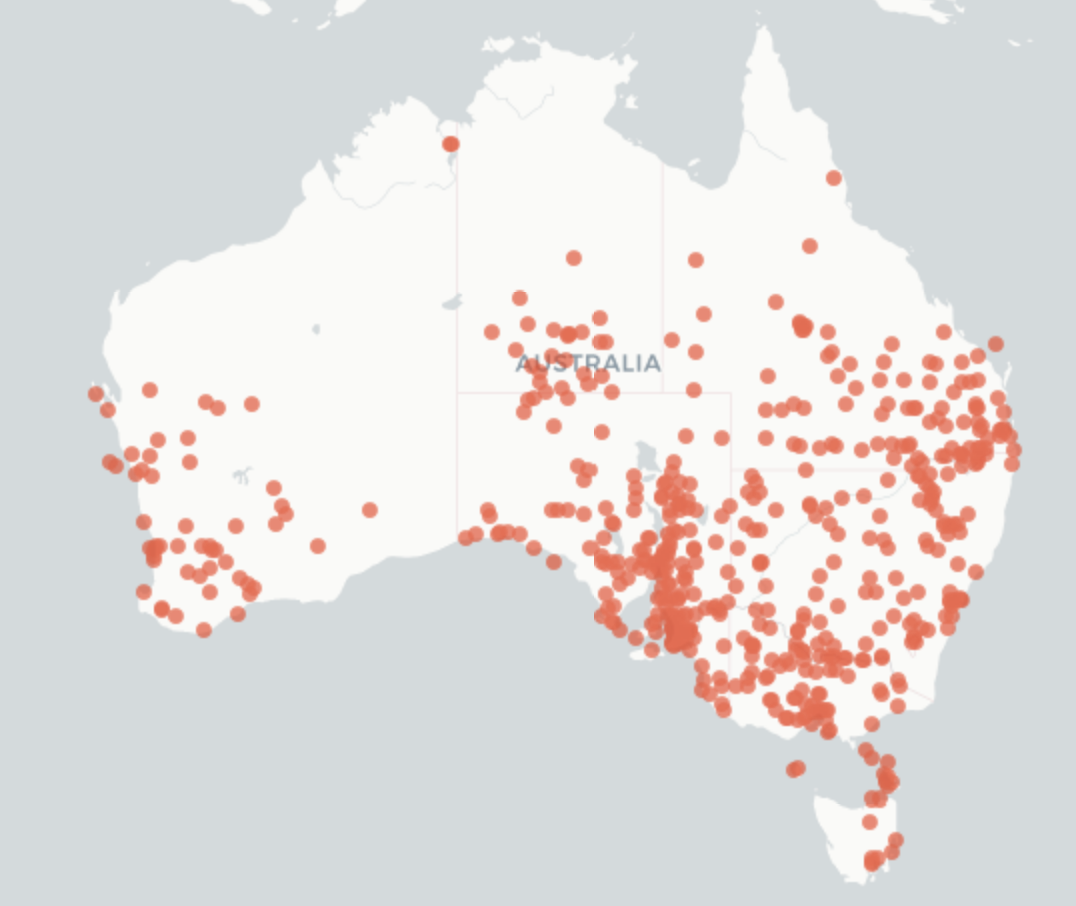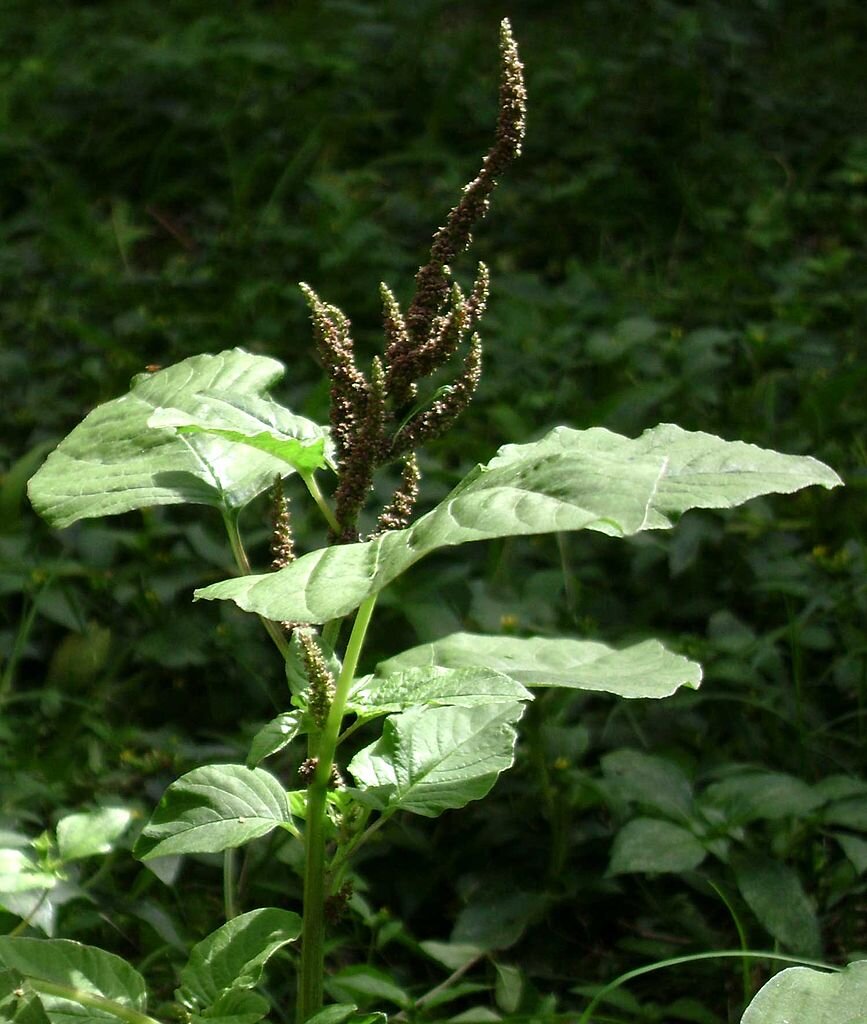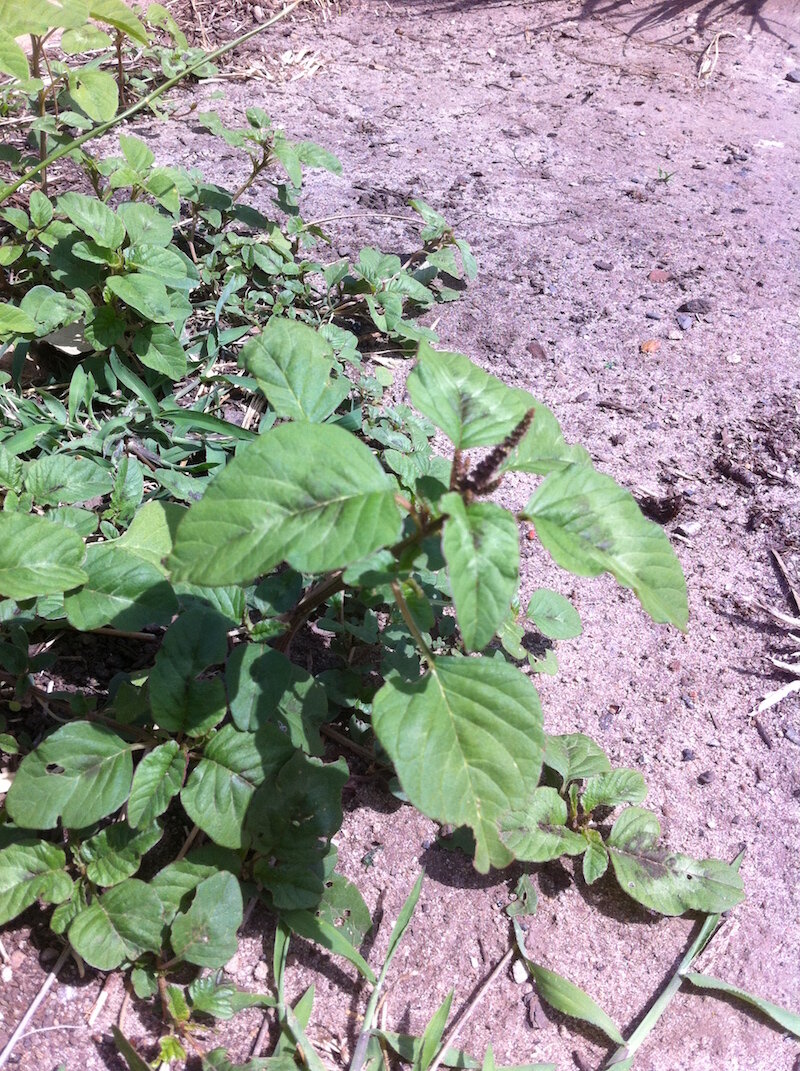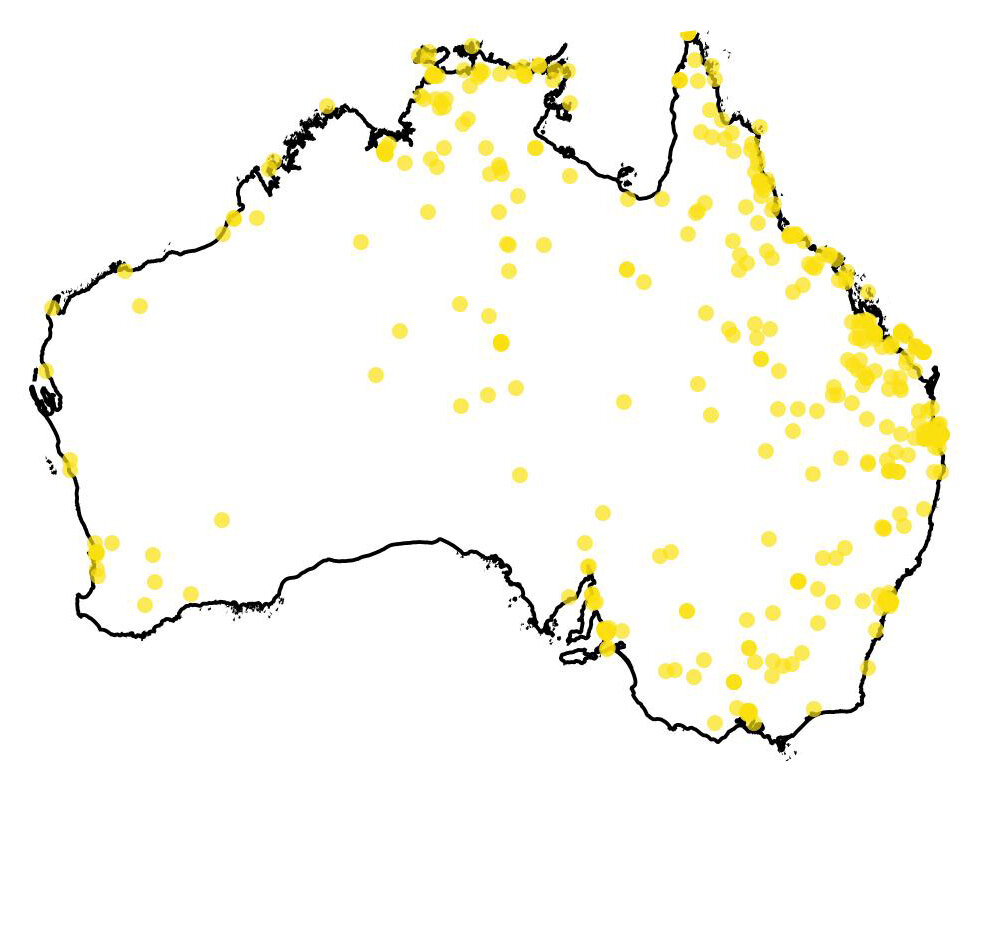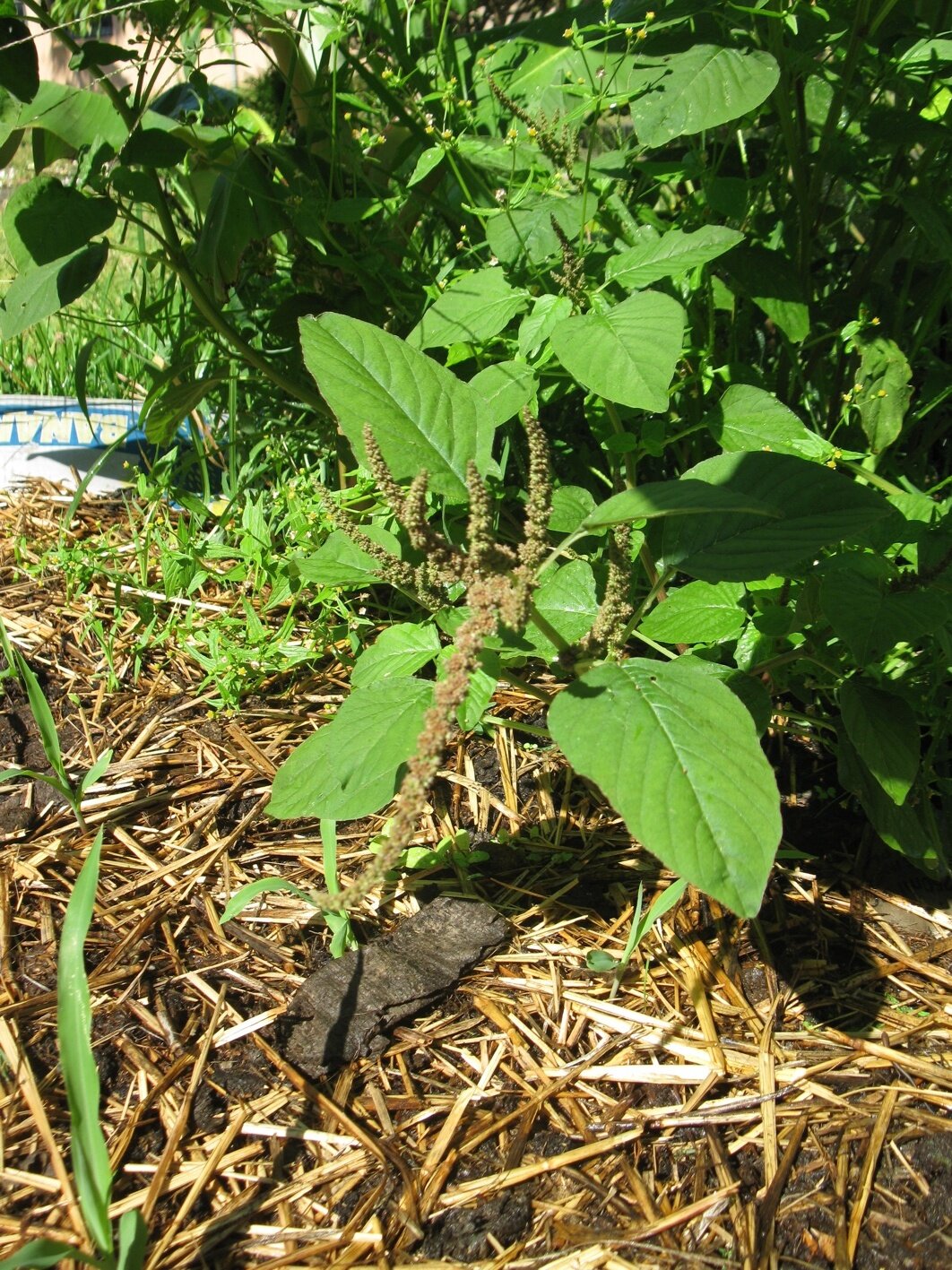5 weeds in your garden that you can eat.
This is one of the many containers of food I have at my place. I love mixing it up and here there is both weeds and vegetable side by side. Lemon balm, mallow weed, dandelion, parsley and scurvy weeds all living happily with one another. I eat all of those.
Here we are, stuck at home, feeling sorry for the world and our loved ones and wondering how long we need to stay in physical isolation.
If you’re like me, the past few days have been filled with taking stock of what you’ve got, a clear assessment of bare necessities needed and a list - or three- of things that have to be purchased or sourced from somewhere (including the all elusive toilet paper and hand sanitizer!)
If you’re like me, you are experiencing a sharp downturn in possible income while considering how to front the incoming months of rent/mortgage or tax bills or car registration due any minute now.
Yeh, it can be a little scary, or at the very least sobering, to come to terms with the fact that we now need to plan for a downturn of business and income for the next month or more.
So here we are, at home, amusing ourselves with whatever is around us, including our garden.
It is rather uplifting that gardening has become one of the hobbies of choice of the Corona Lockdown, and that is good. People are flocking to nurseries and garden centres buying up big on seedlings and seeds. And again, that is very good. Any step toward resilience, any step towards ecological connection is good in my books.
But while you’re waiting for the cabbage to grow, or the beans to sprout, what about those pesky weeds that you already have in your garden? They are ready right now, very juicy after a wet end of summer here on the south-east of Australia, and super nutritious too!
So here below, I’ve listed for you five common edible plants that you have in your garden right now. You can toss them in a salad or bake in a pie right away. No need to queue at the supermarket for those! Yep, getting fresh, nutritious food right now is really that simple and you only need look outside your back door.
1- Dandelion> The king of detox
I know I talk about dandelions a lot but that is for a reason. Dandelions - Taraxacum officinale - have been identified as one of the most nutritious foods in the world ( see here for a study and here for some recipes).
The best part of this is that dandelion lives right outside your door. Literally. It grows everywhere there is space and moisture. Be mindful from where you harvest but if you have a garden ( or a simple lawn for that matter) you would have dandelions poking their flowery heads up right now.
WARNING: This is a bitter herb, and lots of people find it challenging. I think we should just bring back bitter greens in our nutritional landscape, for obvious health reasons including digestive aid, vitamin and mineral intake and taste buds retraining (let us move away from sugar please!). See here for some words about it>
Below a few pictures of dandelions but if you have trouble identifying it in your lawn get in contact via social media>
OR, read a dedicated article here> (inclusive of video tutorial)
2- Purslane> the native ‘weed’ so good for you.
I have just bragged about this wonderful plant on Instagram the other day, and it sparked a roar. SO many cultures love it fresh and cooked, steamed and in pies, pickled and in soups.
Purslane - Portulaca oleracea - is a summer plant and we just had a bonanza of it in our gardens due to the recent rains. It is probably still around and will be for another few weeks. Seek it out. Super easy to identify due to the succulent look and the spreading behaviour.
This plant is native to Australia and packed with health benefits, see here for the list of wonderful benefits or see here for a more scientific spill.
What purslane is most respected for is the high levels of omega 3 fatty acids, that are very good for your bones, your brain, your circulation and your general fluidness.
WARNING: do not eat too much of this plant in one sitting. An old Chinese gardener once told me that purslane is very good to keep your body running, but if you eat too much it gives you the runs. Like everything, small amounts in a complex diet is best.
See below for a set of images and, again, if you need confirmation just post your images on my Facebook page.
3- Chickweed> Vitamin bomb
While purslane is about to go, chickweed is about to come to take over your garden. This little crawler is a nutritional wonder. Very high in vitamins, excellent raw in salads or in sandwiches.
it is most abundant in shady, moist environments. In your garden, it would be likely around your water tap, under trees or amongst other vegetables. I often say that if you have chickweed in your garden it means you are a good gardener as chickweed loves well-drained, deep, humus-rich soils. So if you have chickweed in your backyard, that is a badge of honour. Enjoy this nutritional powerhouse, as it will be around for the next 3-4 months in South East Australia.
Medicinally is much appreciated in dermatology for its ability to soothe irritated skins. See here for a list of properties>
Key identification features are the single line of hair running up the stalks, like the crest of a chicken, and the presence of an internal core string, visible if you gently pull apart the stalks, resembling a chicken bone. WARNING: there are look-alikes in your garden, including petty spurge, which is caustic (toxic) and it burns on touch. So be sure to check the chicken crest and the chicken bone before taking advantage of this wonderful herb.
Read more on a dedicated article here> (Inclusive of video tutorial on how to ID)
4- Mallow> Mallow is mellow
You are bound to get one or the other of the mallow weeds - Malva spp. - absolutely everywhere in Australia
This is amazing food and medicine. I remember when I was a young boy mum used to take us to the local mansinoira (herbal remedies lady) whenever we had a sore tummy or were behaving restless and agitated. The herb lady invariably directed my mum to give us mallow tea, that would calm down the upset organs and settle down our restlessness too. True story. If you need some more peer-reviewed arguments, have a look at scientific catch up here>
Or a well-documented article about Malva silvestris ( tall mallow) here in plain English>
and here about M. neglecta ( Crawling mallow).
Below a set of images. The distinguishing feature of mallow is the flower, so if you have a plant in your yard and do not know yet its name, wait for the flower to appear, so that then you can properly identify the species.
Amazing mallow!
Read a dedicated article about this powerhouse here>
5- Amaranth> The superfood
Let me just get this straight, amaranth these days is one of the plants that nutritionists call a superfood. See here>
The common amaranth that grows like a weed all over Australia is green amaranth - Amaranthus viridis - and by common I mean, really common, just like a weed. See the distribution map in the pictures below.
Yes I know, no single food can provide for a complete nutritious meal, but amaranth gets very close to it. The grains of the plant contains so many amino acids (including the rare ones) that it forms a nearly complete protein. See here for the nerdy details>>
Amazing uh? Indeed. Amaranth is easy to identify due to the seed heads, resembling a cattail some say, see images below.
Amaranth is regarded as one of the first domesticated plants and the start of agriculture in South America together with corn, squash and beans. In our house, we keep jars of dried Amaranth seed heads in the pantry and add to smoothies, porridge and soups for a nutritional boost. In parts of India, Amaranth leaves are traditionally served with Dahl and rice. Whichever way your tastebuds like it, be sure that when you eat this weedy powerhouse you’re doing your body a favour.
Ok, it is hard to just list 5 plants. The list is grossly incomplete, missing things like fat hen, flatweed, sowthistle, woodsorrel, wild brassica, and so many more. All of those ‘weeds’ are in your garden, no doubt, you just need to stop mowing your lawn and start naming your plants, and all at the sudden you realise how an excellent gardener you are already. So by no means, still get your vegetable beds sorted, your seed tray watered and your stakes ready for the beans, but in the meantime have a look at what you have already. It is a gift, for you to appreciate.
Would you like to know more? Have a look at the Wild Stories Foraging Guide, an easy booklet detailing with big full-colour images, 16 of the most common wild foods of South Eastern Australia.
Big green -virtual - hugs everyone!

